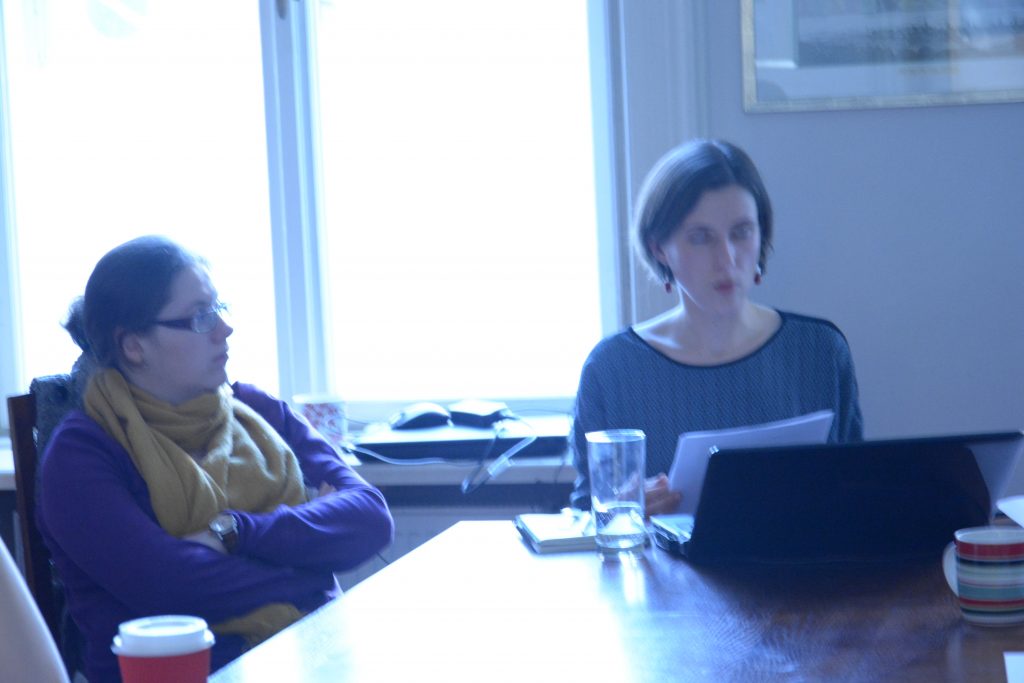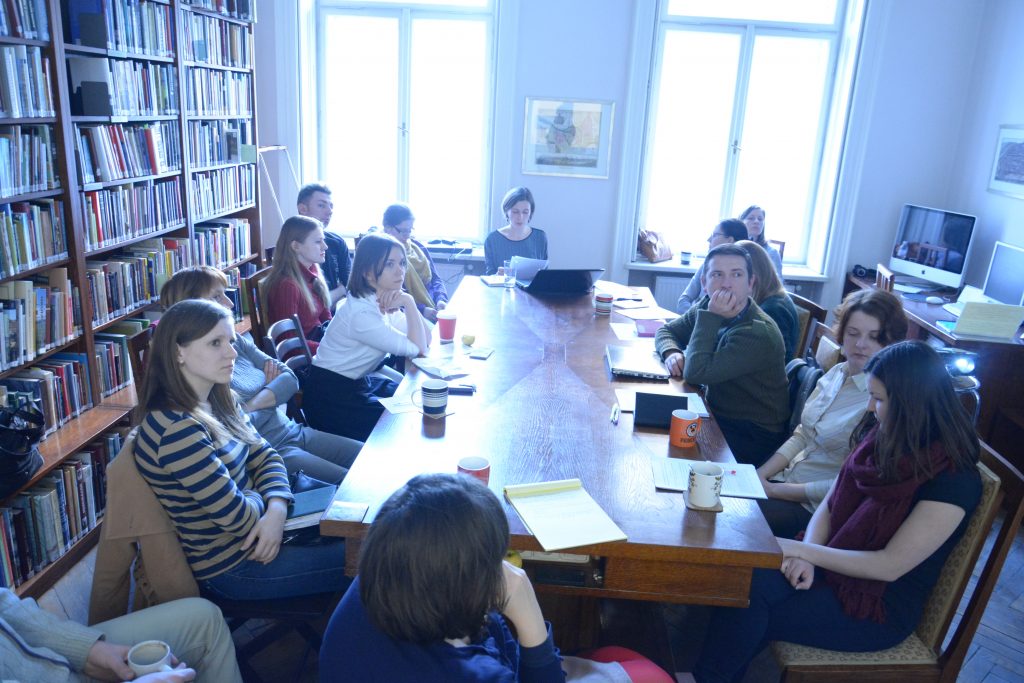Mathias Bersohn and Maksymilian Goldstein : Jewish Art Lovers and Their Private Collections – "Typical Jewish" or simply bourgeois?
Dorothea Warneck
University of Martin Luther in HalleMarch 16, 2016 / 4.00 pm
Center for Urban History, Lviv
Using the example of Poland, Bohemia and Moravia, a research project on "The origin of Jewish Museums before the Second World War. Polish and Czechoslovakian specifics and historical conditions of a European phenomenon" to analyzes the origin of the first Jewish museums in East-Central Europe at the turn of the 19th/ 20th century as part of a European phenomenon of modernity in its multi-layered museological, inner-Jewish, national and transnational contexts.
The wave of these first Jewish museums coincided with a period of fundamental shifts within the world of European museums. In the context of growing national movements and the rise of national states museums became more and more politically charged arenas, too.
Juxtaposing four Jewish museums in Warsaw, Lwów, Prague and Nikolsburg/ Mikulov, which were initiated and opened between 1905 and 1938/1939, before and after the First World War, this project analyzes the origin of the first Jewish museums in Eastern Europe in a broader context, their museological concepts, narratives as well as reception. It asks for the social, political, religious biographies of people being involved in these projects, their various ideas of one’s own Jewish identity, the impact of general political and social conditions such as growing national movements, crisis and decay of the great multi-ethnic empires in Europe and the formation of new nation-states or growing anti-Semitism.
In her presentation, Dorothea focused on two Jewish art collectors – Mathias Bersohn from Warsaw and Maksymilian Goldstein from Lwów – which gave important support for establishing a Jewish museum in both cities. What were the motifs and intentions behind their collection’s efforts as well as about their decisions to donate collections of Jewish material culture to the Jewish Communities to open up a museum? What were their ideas of Jewishness, their concepts Jewish culture and history and in how far this is visible in their collections?
Dorothea Warneck
Master’s Graduate of the Arts, conducting research at the University of Martin Luther in Halle and at the AlexanderBruckner Center for Polish Studies. She is working on a project about the first Jewish museum in Poland, Bohemia, and Moravia through 1939. From November 2010 through 2014 she conducted research at the Kolleg Imre Kertesz inJena Germany in the public sphere and was responsible for public relations at the Kolleg. She is the editor of an on-line forum: “Cultural Histories,” as well as “The Crisis in Ukraine in the media and in the public sphere in Europe.” In Lviv she is working on her research on “The Origin of Jewish Museums before the Second World War. Polish and Czechoslovakian Specifics and Historical Conditions of a European Phenomenon.”

